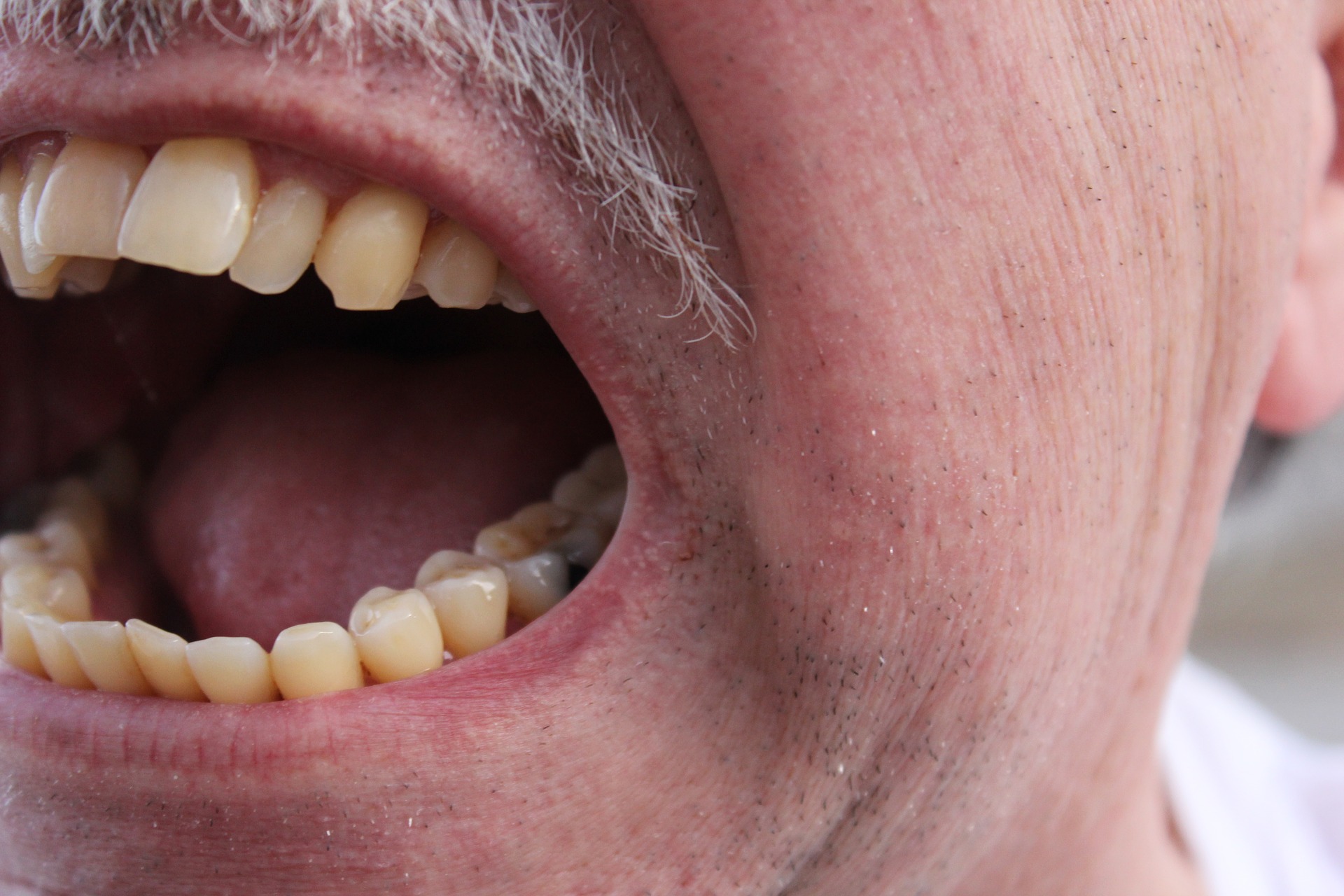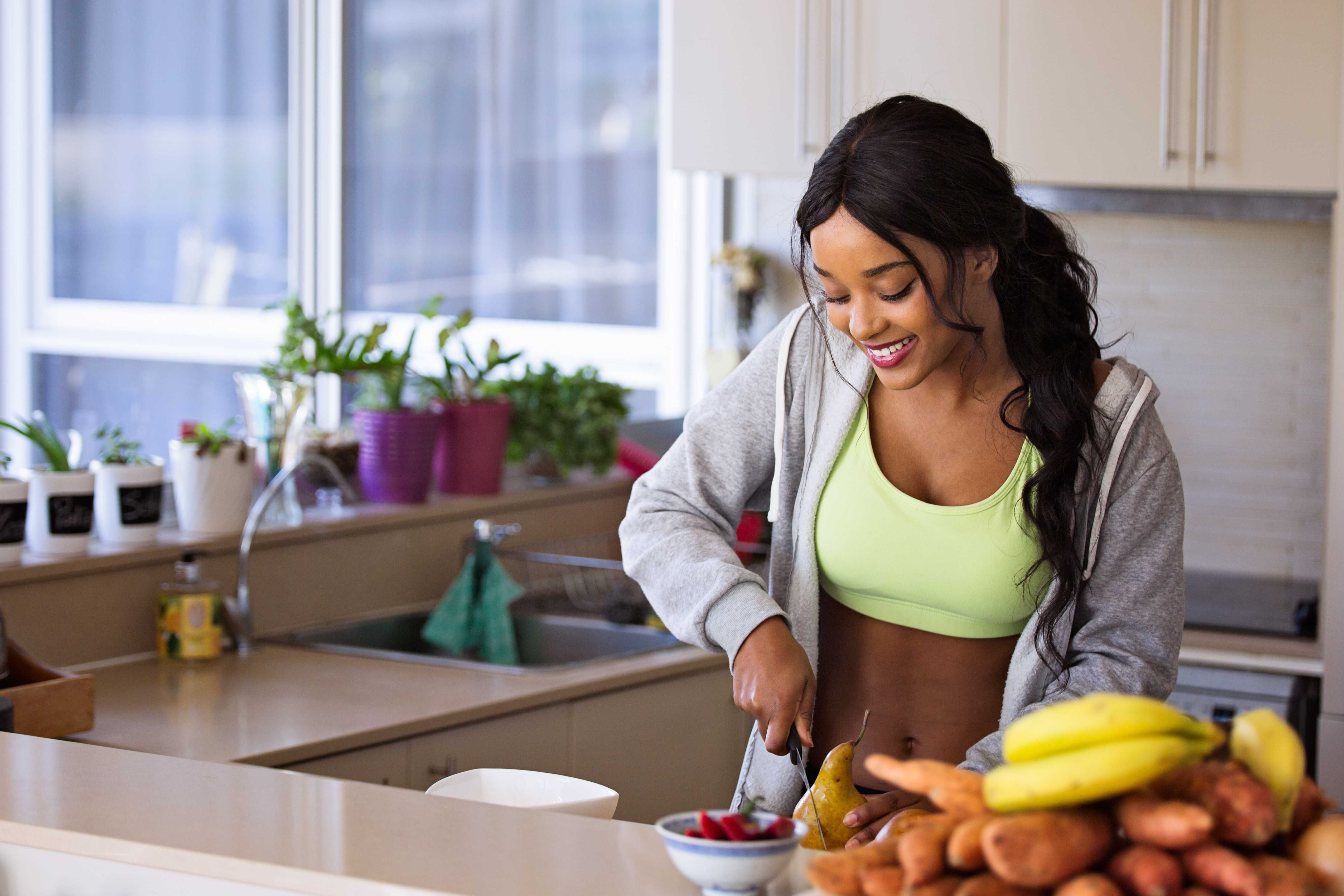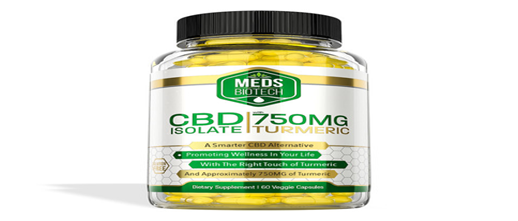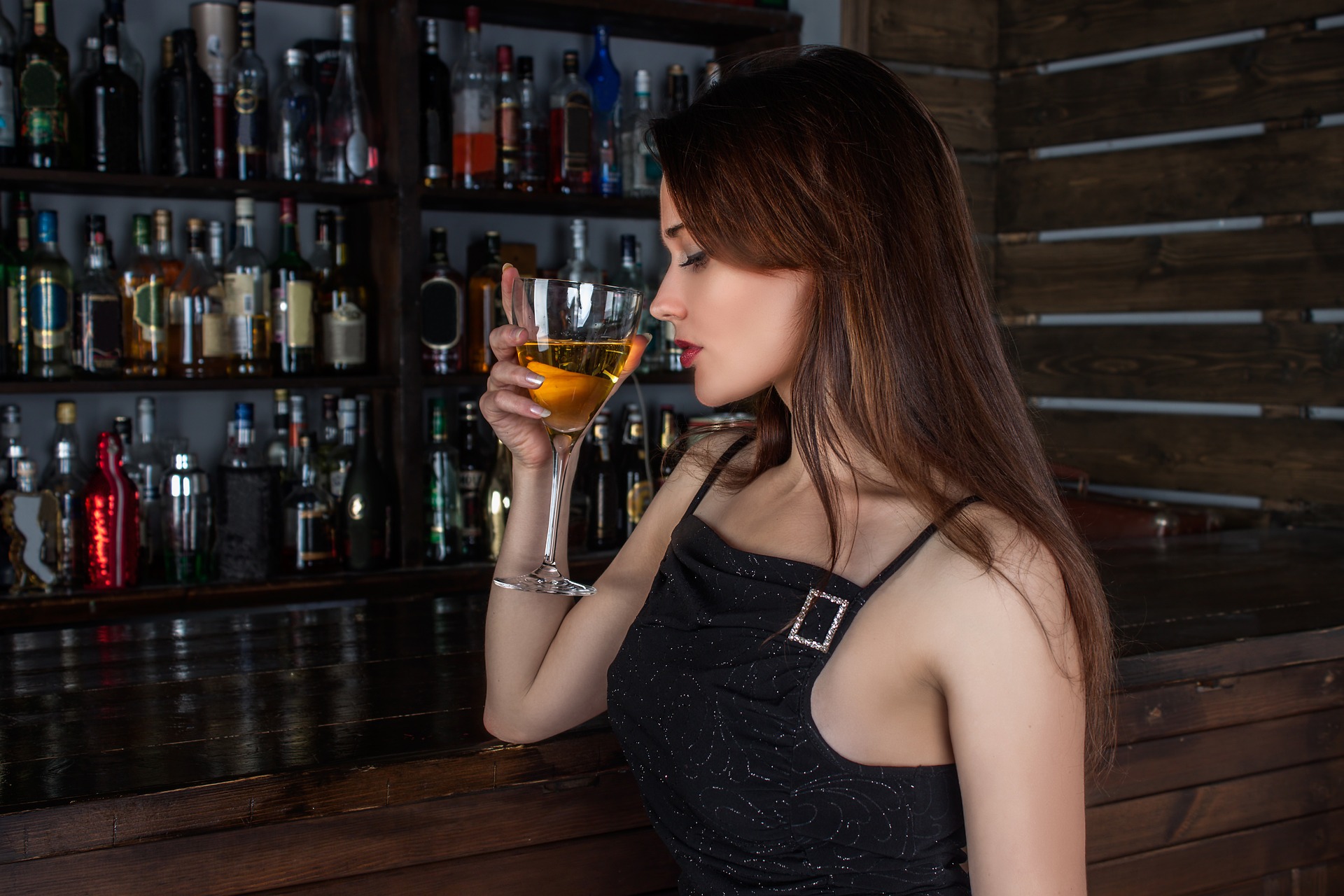Did you know that 6.1 percent of 8th graders, 9.6 percent of 10th graders, and 12.4 percent of 12th graders admit they have used an illicit drug recently?
With such shocking statistics, it’s clear to see there is a growing problem among young people. During the troublesome teen years, it’s common to experiment with new things. But this may lead your child down a dark path.
You may wonder how to tell if your child is using drugs. Fortunately, there are clear telltale signs of drug use in teens. Read on to find out if your loved one has fallen off the straight and narrow.
Telltale Signs of Drug Use in Teens:
During their teens, young people have to deal with many physical and emotional changes. This can make it difficult to pinpoint whether drug use is the problem or it’s simply a case of rebelliousness.
Looking for these next four signs will help you to know for sure.
1. Use Your Senses:
When your teen comes home, what can you smell on their breath, on their clothes or in their hair? Are their eyes red with constricted pupils? Signs of crack use also include blistered lips or burnt fingers.
Your teen may also rapidly lose weight, as they will be spending their allowance on their fix instead of food. If they are inhaling drugs they may also have respiratory problems, such as coughing or constant sniffing. If they are injecting they may have track marks on their arms.
2. Behavioral Changes:
Another way to tell if someone is on drugs is if you notice their behavior has changed dramatically.
Of course, arguing, anger, and moodiness may be part of the troublesome teen years. But if you also notice them defying your house rules, disappearing for long periods of time, and other reckless behavior it may be a sign of using.
After a night out with friends, is your teen clumsy, laughing hysterically, and obnoxious? Or do they look exhausted, jittery, or queasy? These behavioral signs are common with teens who take drugs.
3. Caught in the Act:
If you find drugs in their room or on their possession you’ve caught them in the act. Some other drug-related paraphernalia may include:
- Tiny plastic bags with powder residue
- Roll-ups
- Tin boxes
- Syringes
- Burnt teaspoons or crack pipes
If you find any of these items, try not to overreact. Confront your teen, it may be an honest mistake after all.
4. Social Changes:
Your teen’s grades may be declining dramatically. Or they may keep on skipping school and other social activities that they previously enjoyed. Another sign of someone on drugs is if your teen ditches their friends to hang out with another unknown crowd.
You may also notice items or money missing from your home. This may mean your teen is stealing to fund their habit. Monitor any alcohol you have in the home as they may use it for payment.
Time to Take Action:
If you can see any or all these signs of someone on drugs, it’s time to take action. Encourage them to get support from professionals.
Lincoln Nova Vital Recovery has created a unique program that can help people to recover from addiction. Find out more here.
Some Things are Worth Fighting For:
Of course, these signs of drug use in teens may vary from person to person. But one thing is for sure: they are going to need you to fight alongside them on their road to recovery.
To keep your family close-knit and strong in times of distress, check out these fundamental pillars of a happy family.
Read Also:






















